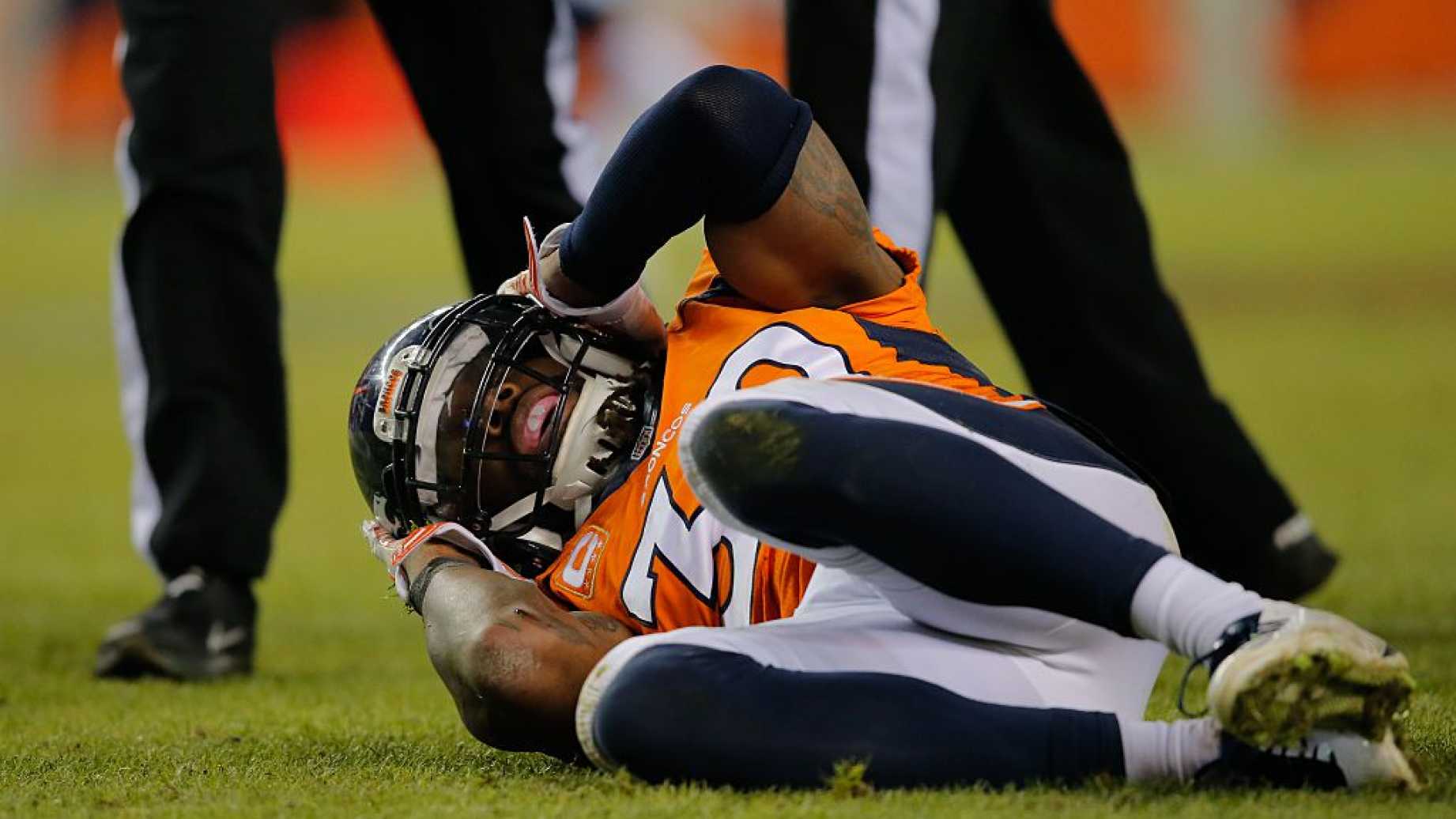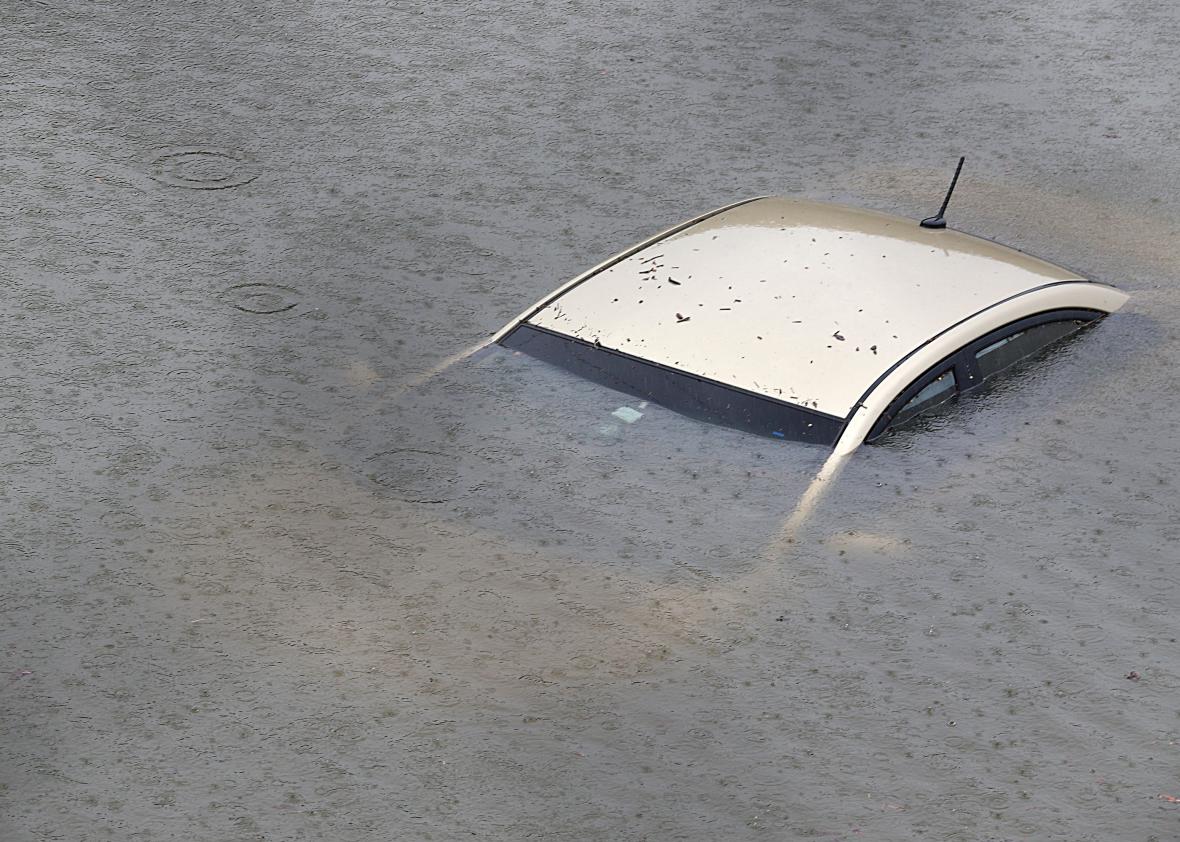I’m going to set aside the original plans for part 3 of this series, since apparently there have been new developments that Larry has posted about in the past couple of weeks that I only found out about the morning I started writing this (Sunday 8/6).
Larry’s post is entitled “Deception and discrimination in Drupal” and, combined with the Drupal Association (DA) blog’s post with statements from both Dries Buytaert and Megan Sanicki, are by far the saddest such posts made in relation to this controversy thus far.
From the DA blog post, we learn that now Larry has been stripped of all remaining leadership roles, leaving intact only his role as an individual contributor. I’ll get back to that toward the end of the post.
Larry’s blog post, on the other hand, lays out a lot of details that were touched on in the DA blog post. Several emails and a police report are included in his latest post.
The first thing Larry refers to is a series of phone calls, of which he is not allowed to discuss the content of due to a confidentiality agreement:
[…] Dries refused to speak to any relevant details unless I signed a confidentiality agreement. (Although it did prompt my 4th post on 16 April.) Sorting out that agreement took several weeks, and we did not speak of anything substantive until 15 May, long after DrupalCon. Megan was added to the agreement for a second call on 9 June and for three further calls, the last of which was on Wednesday 12 July. At Dries’ recommendation we were also joined on the calls by Whitney Hess as an independent mediator, and I thank her for her willingness to attempt to help broker peace.
Because of the confidentiality agreement Dries and Megan required, I am not permitted to discuss what we talked about in any of those calls. I can say that my intent going into them was to get clarity and, ideally, reach a point where we could all issue a joint statement that retracted the insinuations against me and then move on together, with me welcome in Drupal just as anyone else.
Clearly, that did not happen. The timing and speed with which their latest post on 13 July was made (barely 24 hours after the end of our last call) suggests it may have been written even before we concluded talking, and clearly tries to blame me for daring to act in my own defense. It also contains multiple misleading statements that, sadly, I feel need to be corrected.
Let’s think about this for a minute. The last of these phone calls took place on Wednesday, July 12, and the DA blog post goes up on Thursday, July 13. I am willing to give Mr. Buytaert, Ms. Sanicki, and others at the DA the benefit of the doubt that the post was not written before the conversations with Larry had concluded, until and unless proof beyond a reasonable doubt surfaces to the contrary. I don’t feel Larry’s accusation is necessarily out of line; it’s certainly plausible, but it’s pretty damned low even given the past conduct of the parties in the past.
Most of the rest of Larry’s post is a recap of events from February on, this time with (redacted) screenshots of emails. We see that this has morphed from an issue with Larry’s participation in the Gorean and BDSM communities. Specifically, somehow now it’s about Larry’s former housemate and an assumption that the relationship he had with her was non-consensual. The assumption, of course, winds up being proven false (the police report of the welfare check proves that). Quoting from later in Larry’s post:
So now, Dries and Megan are claiming that the issue was, and always was, entirely based on concern about the ability of my housemate to consent. To consent to what is unclear; usually that phrasing refers to sex, but my interactions with her in public (Drupal or otherwise) were always extremely G-rated. To the best of my knowledge, the only information about her they had was “Community Member A’s” single paragraph of being uneasy in-hindsight after she didn’t want to talk to him (being mute and shy) and wouldn’t make eye contact (being autistic).
Somehow, “she’s quiet and shy” turned into “we think there might be a consent issue here”.
For those not familiar with it, autism can have a very wide variety of symptoms […] My former housemate has extreme introversion and eye contact with anyone, even me, is extremely uncomfortable for her. She is still an intelligent woman with her own thoughts and feelings and moral stances. Every single bit of her atypical behavior in public was due to her autism, which is why she specifically instructed me to tell people that she was autistic as a way to explain her odd behavior. All of which could have been found out by Dries et al if they had simply spoken to me and asked before summarily dismissing me because of “beliefs”.
Excuse my French here, but I can’t believe that Larry actually has to say all this shit. And I certainly can’t believe I’m reading this shit.
The most troubling parts of Larry’s post are the things like this:
This information [that there was an issue with Larry’s autistic former housemate] was actively withheld from me for months during our conversations in February through April. Yet now my open and honest explanations to the Board on 16 March (after Dries and Megan decided in February to summarily remove me from Drupal) are being retroactively used to justify their actions against me.
Or, put another way, Larry was honest and had his honesty used against him in a retroactive justification for the actions taken against him. Which, of course, was different than the previous reasons given to him and others.
And then:
This is also completely at odds with Dries’ original statements to me — that the issue was avoiding anyone finding out that there were Goreans involved in Drupal — and in his original blog post — that the issue was entirely “beliefs” of which he did not approve — which made no mention of my former housemate at all. These statements cannot both be true.
Again, Mr. Buytaert has proven himself to be a complete two-faced liar, changing the story for his own convenience, with absolutely no integrity or respect for the truth. This is not how responsible leaders act.
Megan further states “The Drupal Association can not and should not investigate or adjudicate legal matters.”
At least on this point we 100% completely agree! And yet she is willing to take harmful action against someone anyway given nothing more than hearsay. That is, she is adjudicating legal matters.
So again, Ms. Sanicki is showing her dishonesty or at least flagrant inconsistency.
The most “damning” (and I use that word ironically) accusation they are even able to make is that I “allowed” my former housemate to contribute to Drupal, as though I was preventing her from doing so otherwise. Bollocks. Here’s the actual quote from my second blog post:
She is very intelligent and curious and was interested in programming, so after she took a free online coding course I allowed her to help me with some small Drupal core patches. Her shyness, however, prevented her from posting any issues in her own name, so we abandoned that endeavour. She still wanted to learn, though, so I brought her along to a number of Drupal and tech conferences in the Chicago area.
She took a free online programming class all on her own; I reviewed her assignments to give constructive feedback. She then helped me with some minor PSR-0 refactoring for Drupal 8, on a patch I submitted. Yes, I “allowed” her to help me directly with a patch, at her request. How terrible. She wanted to do more to help, but was too uncomfortable posting in her own name and I was not comfortable posting her work under my name as though I had done it.
It sounds like “tried to help someone who wanted to contribute to Drupal to contribute to Drupal” is the actual accusation against me. I certainly hope we’re all guilty of that.
If this is really the main reason Larry was stripped of his leadership roles, it’s nothing short of outrageous.
If it’s not, and it’s his participation in Gorean and BDSM communities, it’s still nothing short of outrageous. This is before even factoring in that that information got to the Community Working Group (CWG) and others in an unethical and possibly unlawful manner (from a website which forbids that type of sharing in its terms of service).
Even if it’s some combination of the two, it’s still nothing short of outrageous.
Dries further states:
Larry’s posts created material disruption to the project and the Association based on incomplete and inaccurate information.
And Megan continues:
Larry’s subsequent blog posts harmed the community and had a material impact on the Drupal Association, including membership cancellations from those who believed we doxed, bullied, and discriminated against Larry as well as significant staff disruption. Due to the harm caused, the Drupal Association is removing Larry Garfield from leadership roles that we are responsible for, effective today.
People canceled their DA memberships because they felt the DA was mistreating me. And somehow Megan is trying to make that seem my fault for stating facts. I reject that characterization outright.
I fail to see how it could possibly be harmful to the Drupal project for someone in Larry’s position to counter rumors, innuendo, gossip, and lies with the truth. Unless, of course, it’s because the truth is inconvenient to Mr. Buytaert, Ms. Sanicki, the CWG, and others, and they would prefer those rumors, innuendo, gossip, and lies to remain unchallenged and unanswered. If so, I’ve seen high schoolers act with more respect to their peers, and that’s saying a lot.
The “material disruption” came from Mr. Buytaert’s, Ms. Sanicki’s, and the CWG’s piss-poor handling of the situation. To attempt to pin that “material disruption” on Larry crosses outside the boundary line of conduct deemed acceptable in decent society and should be retracted without further undue delay, with the appropriate apology to Larry issued as part of that retraction. (Not that I’m holding my breath, mind you.)
Finally, the end of the post:
What have we learned
A number of things, unfortunately.
- We’ve learned that a vocal significant minority of people in Drupal do not believe Dominant/submissive relationships can be consensual at all.
- We’ve learned that Drupal’s senior-most leadership feels autistics cannot consent, at least if they’re mute, although consent to what is unclear.
- We’ve learned that the penalty for bringing an autistic person to a DrupalCamp and making someone uncomfortable because she doesn’t talk is to be summarily dismissed from any and all positions of responsibility.
- We’ve learned that the penalty for actively soliciting blackmail material and then trying to blackmail fellow members of the community is also to be removed from any positions of authority, as Klaus has been. (It seems odd that both of these warrant the same action.)
- We’ve learned that collecting “dirt” on a fellow member of the senior team with intent to use it to force the person out warrants no penalty.
The first three of these things are absolutely fucking outrageous, excuse my French. The fourth one (referring to Klaus Purer) is reasonable, perhaps the only reasonable action taken by the Drupal community’s leadership related to this whole affair, and thus the faint silver lining on this cloud. Mr. Purer deserved to be held accountable for his egregious, despicable, and indecorous conduct.
The fifth of these (about “collecting ‘dirt’”)? I’m not even sure “absolutely fucking outrageous” does it justice. This/these jerk(s), unfortunately, got what he/she/they wanted. This person or group succeeded in splattering dirt on the reputation of a high-profile contributor to a high-profile free software project, resulting in his eventual removal from all leadership posts, and quite possibly irreversible damage to his career which took over a decade to build… and got away with it. This goes beyond even the most permissive bounds of anything that we as a society could possibly label as a standard of decency.
Worse, we don’t even have one or more names to associate with this act. That only speaks volumes about the egregious cowardice, flagrant indecency, and patently derelict character of this person or group of people. I don’t know who is more at fault: the person or group that collected the “dirt” that started this, or the people like Mr. Buytaert and Ms. Sanicki that helped this despicable person or group fulfill such despicable desires.
Before I get to the very last thing Larry reveals in his post, I’d like to suggest a sixth thing we learned from this, which is something I also feel “absolutely fucking outrageous” fails to justly describe: Attempting to protect one’s reputation in the Drupal community when someone involved wants you gone is enough reason to lose one’s leadership roles in and of itself. That’s part of what I read from this: that the real issue now is that Larry dared stand up for himself. That he dared defend his reputation instead of just taking it lying down could only legitimately piss off those who value their own completely fucking absurd lies which smack of a rookie flack’s first weeks on a new PR job. (Excuse my French, again.)
Larry says it himself that it was not easy coming out about the details of his personal life. As I see it, he made the brave move to do so to beat the blackmailers to the punch, and also to set the record straight instead of letting the gossip and rumors be what everyone based their decisions on.
And now, the truly sad conclusion, quoting Larry’s blog post one last time:
At this point, I cannot in good conscience continue to be an advocate for Drupal in the broader tech community. Though it pains me to say it after 12 years with this project, to be stabbed in the back by so many, even if they’re a minority, is unbearable. Doubly so when it’s by the project lead, a man whom I had considered a friend.
Up until this point, despite all that had happened, I had not canceled my Drupal Association membership, in the hopes that this matter could be resolved honestly. Unfortunately, I now see that honesty is not going to be forthcoming. I have now canceled my DA membership as I can no longer, in good conscience, financially support those who continue to discriminate against — and spread misinformation about — me and those in marginalized groups.
I can only imagine how many more DA membership cancellations have followed Larry’s. We know at least a few preceded it when Larry made his first couple of posts.
That Larry considered Mr. Buytaert a friend before all this shit hit the fan is quite telling. I have had plenty of experience with friends willing to throw me under the bus, so to speak. I have also had an experience where my honesty was used against me and it cost me quite a few potential friends. We are taught that being honest and transparent are qualities of good character, and then there are situations like this where those same qualities are used against those that have them by people with character that can only be described as putrid.
So, there you have it. I’m not going to get into the comments, or go into the DA blog’s post in much detail beyond what Larry has quoted, though I will say both are worth reading for a more complete and rounded understanding of what’s going on.
Before I wrap up this post, I’d like to say that the fact Larry can’t comment now as much as he’d like to due to the confidentiality agreement, is the exact reason I’m extremely leery of these agreements.
Briefly, what this means for me personally:
- I am removing Drupal from consideration for my future personal website projects indefinitely. (There was at least one prior to this post, which I’m going to try to either figure out how to do with WordPress, or explore other options.)
- For the moment, I will accept client assignments which require me to maintain an existing Drupal site, but not assignments which require me to set up a new Drupal site. This also means I will be steering clients who want me to set up new websites away from Drupal to other platforms (not necessarily WordPress, but that remains a possibility).
- Going forward, the main reason I learn any more about Drupal is for the purpose of migrating existing Drupal sites to other platforms, something I will happily do given what appears to be the final outcome of this situation.
I base these strictly on the handling of the situation by Dries Buytaert and Megan Sanicki. It has nothing to do with Larry’s alleged misdeeds at all; to sum it up, I really think Larry did nothing wrong that would warrant the sanctions dealt to him. As I see it, the damage to the Drupal brand can be traced back to its leadership and their poor handling of the situation. To me, it does not make sense to blame it on what Larry did (which was simply to protect his own interests and reputation).
I am, of course, open to re-evaluating my stance at a later date.



